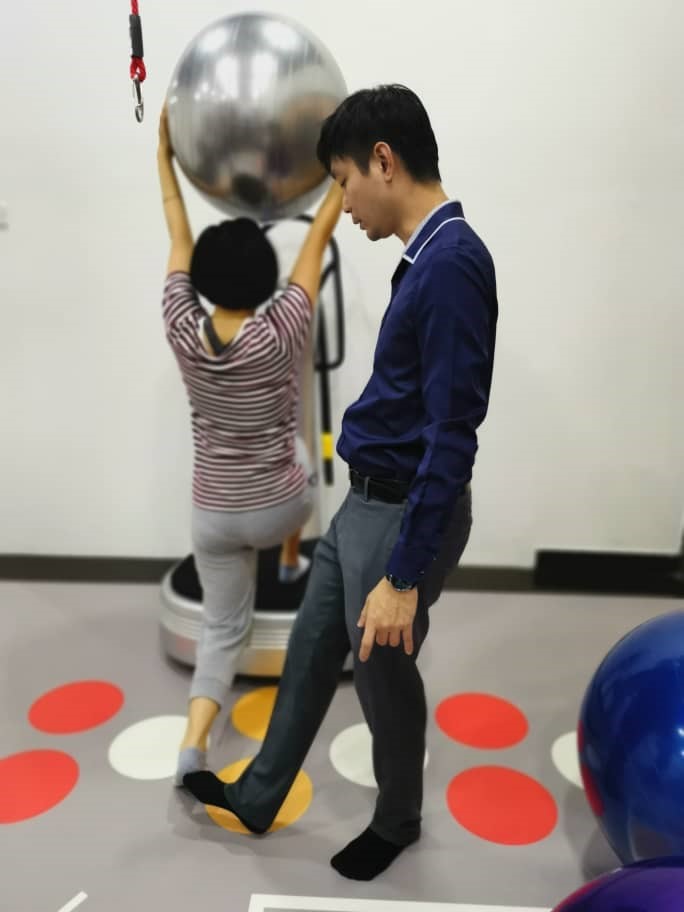Suspension Exercises Therapy (S.E.T)

In S.E.T. mainly re-educates the neuromuscular system; it means that it educates the muscles working in groups by treating them as means of executing a kinetic program found in the brain, whose execution requires both muscle power and coordination with the agonist and antagonist muscles of movement. For instance, during gait, the cooperation of the stabilizing muscles of the trunk is required. Failure to achieve it correctly because some muscles do not work normally will cause pain after some time of walking due to the effort of some other muscles to counterbalance this dysfunction/ imbalance.
The first stage is the evaluation and recognition of the “weak links-muscles” of the chains of movement and includes the detection of inactive muscles and/ or weakness in the stabilizing muscles of the trunk (Inter-core stabilization muscles), or finally the disrupted interaction between muscles.
By using the special exercise of the S.E.T, we aim to improve the interaction between the brain, the movement receptors, and the muscle, resulting in the reeducation, reactivation and finally restoration of the normal function of inactive muscles and restoration of function.
The S.E.T has presented impressive results in manly clinical cases ranging from patients suffering by chronic or acute pain to high-level athletes. Very often since the first treatment already, the reduction or even elimination of symptoms while normalizing function achieved.
Whole Body Vibration Therapy (WBV)


Why Whole Body Vibration training is an easy and effective workout?
Whole body vibration training will activate body’s natural reflexive response and stimulates the proprioception. Exposure to continuous vibration will activates muscle spindle (muscle receptors that sensitive to stretch), and the discharges are sent to the spinal cord, where they activate monosynaptic reflex arcs, causing the muscle to contract, this reflex called Tonic Vibration Reflex (TVR).
TVR is an unconscious reaction in the body, which mean the brain is not involved in them. Compared with knee jerk reflex (sudden kicking movement of lower leg in response to a sharp tap on the patellar tendon), the movement of TVR is not large, but it does cause similar reflex to make the muscle contract continuously and achieve the effect.
Whole Body Vibration effectively promotes muscle activation, enhance intramuscular and intermuscular coordination and recruitment, facilitating neuromuscular and bone movement controls. Whole body vibration also stimulates the “proprioception” to enhance the awareness of the position and movement of the body and muscles control finely.
